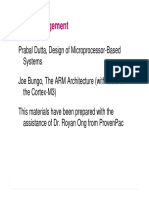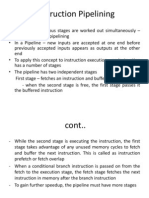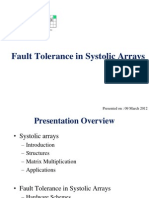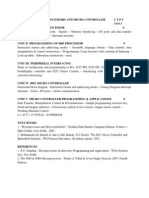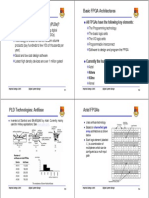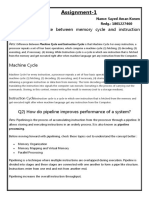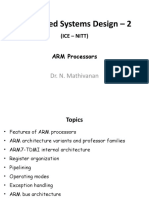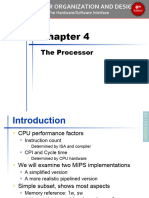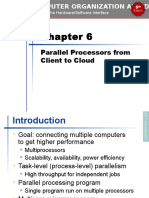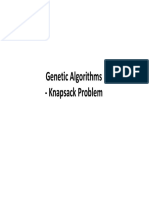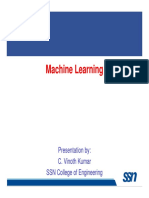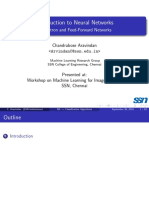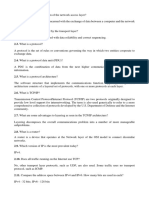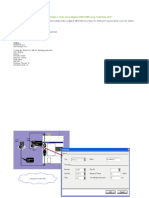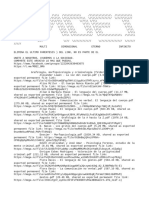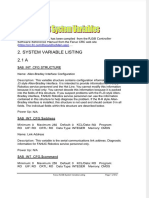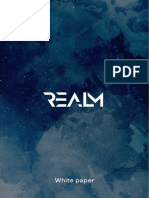0% found this document useful (0 votes)
144 views82 pagesL 1 ParallelProcess Challenges
This document discusses parallel processing challenges. It explains that parallel processing is limited by limited parallelism in programs and long latency to remote memory. Amdahl's law states that even small sequential parts of a program limit overall speedup from parallel processors. Strong scaling keeps problem size fixed while increasing processors, while weak scaling keeps per-processor problem size fixed. Different models of parallelism include SISD, SIMD, MIMD, and SPMD. Vector processors use long registers and vector instructions to perform operations on multiple data elements in parallel.
Uploaded by
LekshmiCopyright
© © All Rights Reserved
We take content rights seriously. If you suspect this is your content, claim it here.
Available Formats
Download as PDF, TXT or read online on Scribd
0% found this document useful (0 votes)
144 views82 pagesL 1 ParallelProcess Challenges
This document discusses parallel processing challenges. It explains that parallel processing is limited by limited parallelism in programs and long latency to remote memory. Amdahl's law states that even small sequential parts of a program limit overall speedup from parallel processors. Strong scaling keeps problem size fixed while increasing processors, while weak scaling keeps per-processor problem size fixed. Different models of parallelism include SISD, SIMD, MIMD, and SPMD. Vector processors use long registers and vector instructions to perform operations on multiple data elements in parallel.
Uploaded by
LekshmiCopyright
© © All Rights Reserved
We take content rights seriously. If you suspect this is your content, claim it here.
Available Formats
Download as PDF, TXT or read online on Scribd
/ 82

